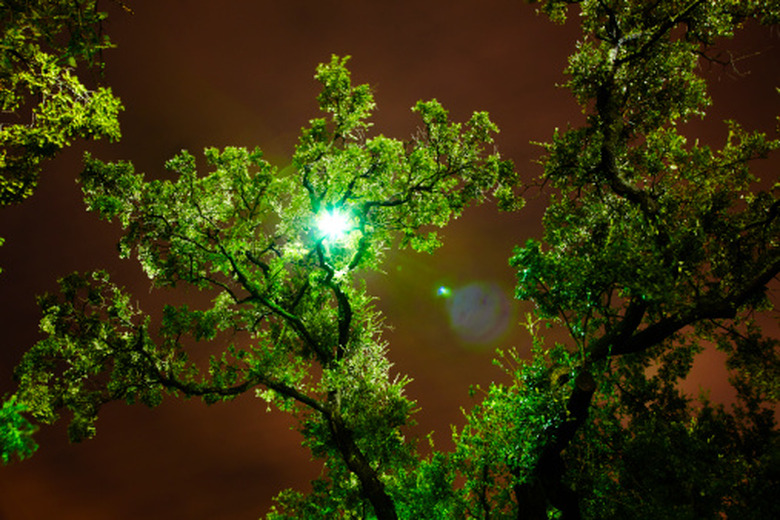How To Prune Pomelo Trees
Pomelo trees are a form of citrus evergreens that flourish in subtropical, humid temperatures and produce fruit that resembles grapefruits. The fruit tends to be pulpier than the average grapefruit, with particularly fragrant rinds and leathery leaves. While this tree can flourish in a variety of soil types, it depends on copious amounts of sunshine and water. Pruning a pomelo tree properly is necessary to encourage the tree to blossom as healthily and robustly as possible.
Step 1
Inspect the tree for dead or dying branches. Cut off all dead or dying branches at the stem collar of the trunk with a hand saw. This will prevent the tree from dying or growing in an unhealthy manner.
- Pomelo trees are a form of citrus evergreens that flourish in subtropical, humid temperatures and produce fruit that resembles grapefruits.
Step 2
Walk around the tree, pruning all branches that grow upright rather than in a downward direction. These branches are taking away from the ideal "lollipop" shape of the tree. Trim these branches at the point of intersection where the branch meets the tree. Slant your hand saw as you cut to create cuts on a slight diagonal.
Step 3
Examine the tree for branches that grow in a generally down-turned direction, but which suddenly grow straight up or wildly off to the side mid-branch. Cut these branches with your hand saw at the point they start to diverge, slanting the saw in a slightly angled fashion so the cuts are on a diagonal.
Tip
Prune after the harvest season, which runs from November to June, depending on your location.
References
- "Roeding's Fruit Growers' Guide"; George Christian Roeding; 1919
- "The Complete Burke's Backyard: The Ultimate Book of Fact Sheets"; Don Burke; 200
